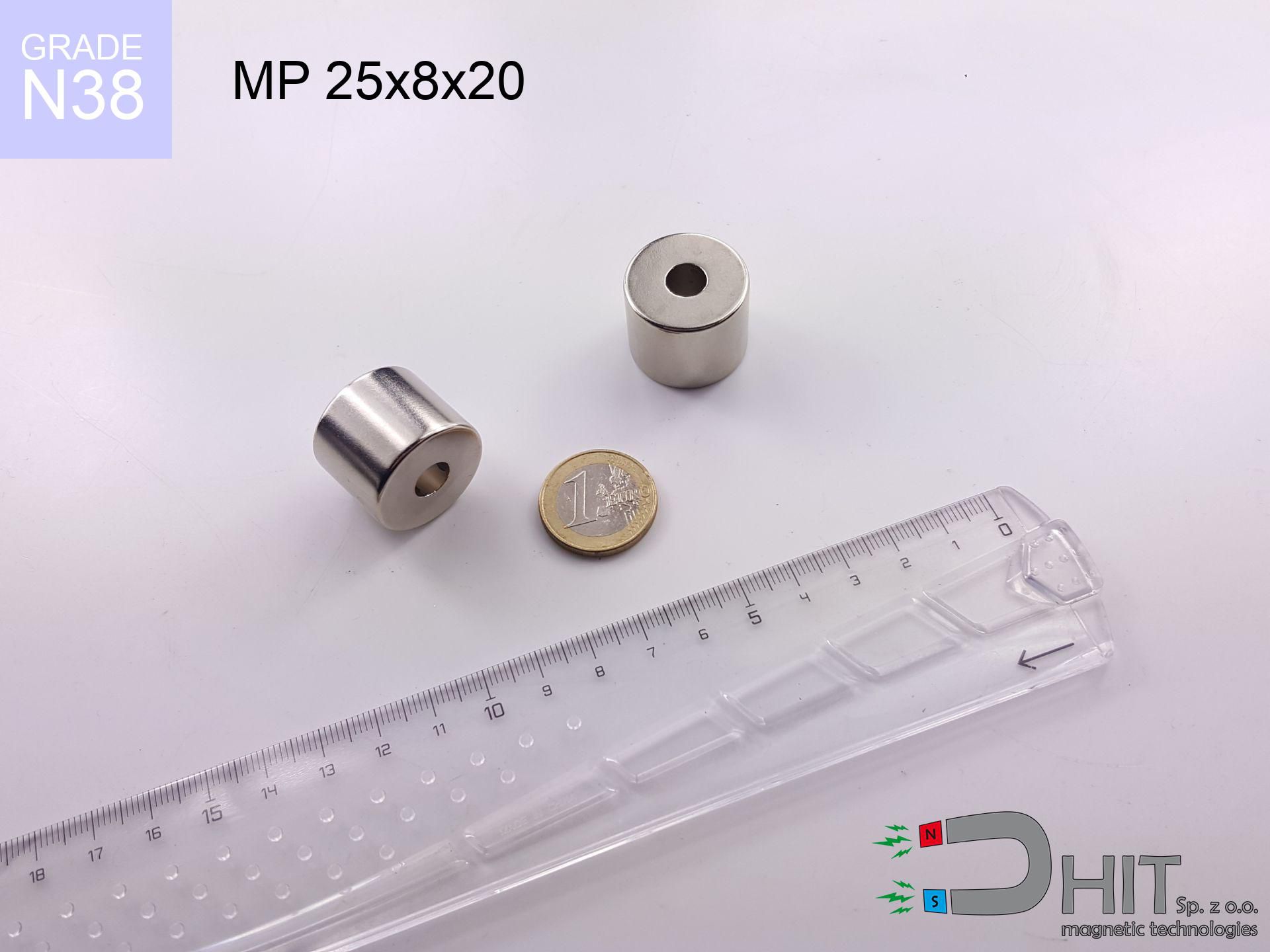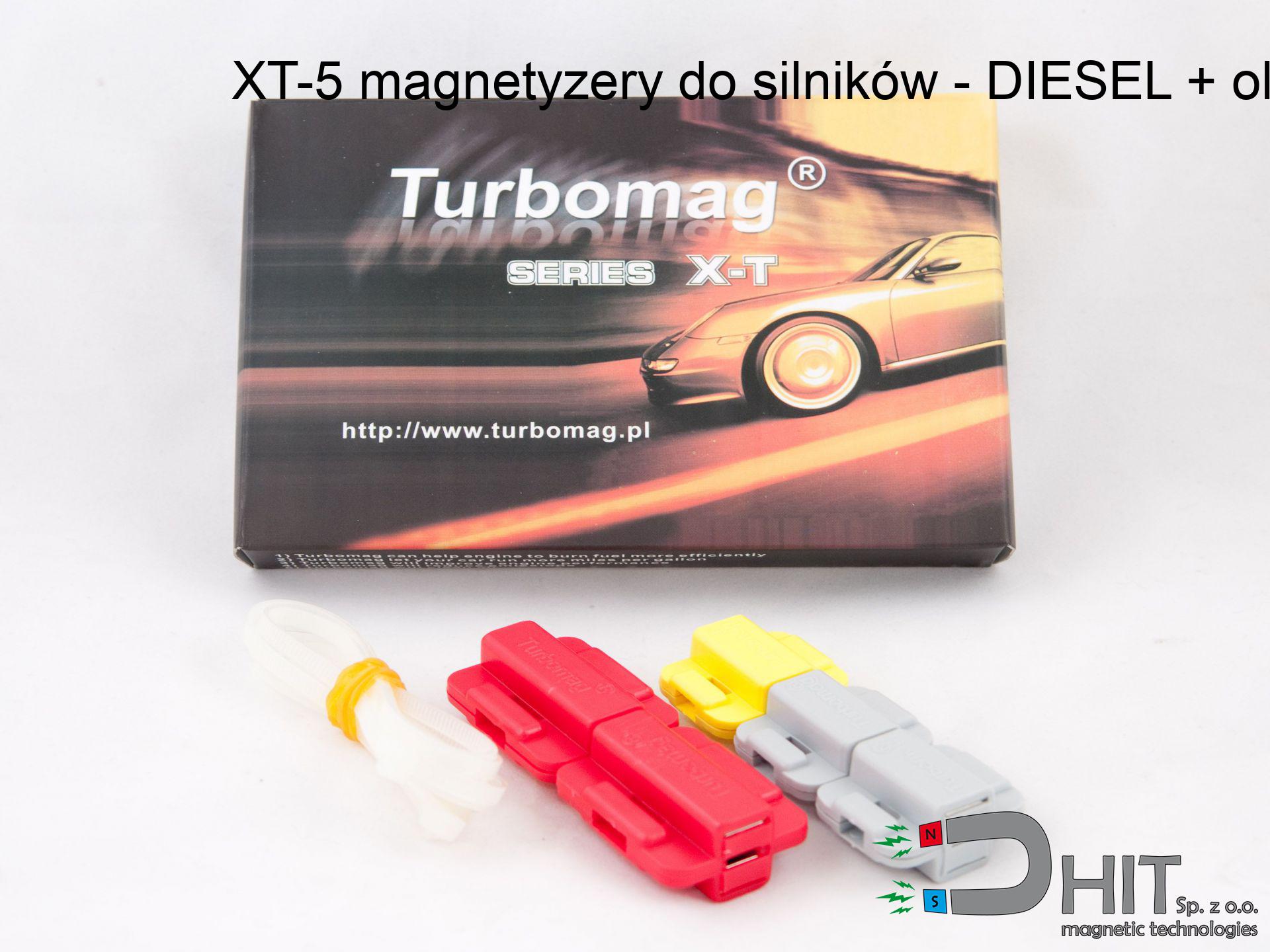UI 33x13x4 [C311] / N38 - badge holder
badge holder
catalog number 150207
GTIN: 5906301813545
length
33
mm [±0,1 mm]
width
13
mm [±0,1 mm]
height
4
mm [±0,1 mm]
capacity ~
1.80 kg / 17.65 N
max. temperature
≤ 80
°C
catalog number 150207
GTIN: 5906301813545
length
33 mm [±0,1 mm]
width
13 mm [±0,1 mm]
height
4 mm [±0,1 mm]
capacity ~
1.80 kg / 17.65 N
max. temperature
≤ 80 °C
2.40 ZŁ gross price (including VAT) / pcs +
1.95 ZŁ net price + 23% VAT / pcs
bulk discounts:
need more quantity?Do you have questions?
Give us a call tel: +48 888 99 98 98 or get in touch via contact form on our website. You can check the lifting capacity as well as the appearance of neodymium magnets in our power calculator magnetic mass calculator
Orders placed by 2:00 PM will be shipped on the same business day.
Specification: badge holder 33x13x4 [C311] / N38
Magnetic properties of the material N38
Physical properties of sintered neodymium magnets Nd2Fe14B
List recommended items
Advantages as well as disadvantages of neodymium magnets NdFeB.
In addition to immense power, neodymium magnets have the following advantages:
- They do not lose strength over time - after 10 years, their power decreases by only ~1% (theoretically),
- They are extremely resistant to demagnetization by external magnetic sources,
- By applying a shiny coating of nickel, gold, or silver, the element gains an aesthetic appearance,
- They have exceptionally high magnetic induction on the surface of the magnet,
- By using an appropriate combination of materials, they can achieve high thermal resistance, allowing them to operate at temperatures up to 230°C and above...
- The ability for precise shaping or customization to specific needs – neodymium magnets can be produced in a wide range of shapes and sizes, which expands the range of their possible uses.
- Wide application in advanced technologically fields – are used in HDD drives, electric drive mechanisms, medical apparatus or very modern machines.
Disadvantages of neodymium magnets:
- They are fragile when subjected to a strong impact. If the magnets are exposed to impacts, we recommend using magnets in a metal holder. The steel housing in the form of a holder protects the magnet from impacts, and at the same time increases its overall strength,
- They lose strength at high temperatures. Most neodymium magnets experience permanent loss of strength when heated above 80°C (depending on the shape and height). However, we also offer special magnets with high temperature resistance, up to 230°C,
- Magnets exposed to a humid environment can corrode. Therefore, when using them outdoors, we suggest using waterproof magnets made of rubber, plastic, or other moisture-resistant materials,
- The use of a cover or a magnetic holder is recommended due to the limited possibilities of manufacturing threads or complex shapes in the magnet
- Potential hazard arising from small pieces of magnets can be dangerous, when accidentally ingested, which becomes significant in the aspect of protecting young children. Additionally, miniscule components of these magnets are able to be problematic in medical diagnosis after entering the body.
Exercise Caution with Neodymium Magnets
Avoid bringing neodymium magnets close to a phone or GPS.
Neodymium magnets are a source of strong magnetic fields that cause interference with magnetometers and compasses used in navigation, as well as internal compasses of smartphones and GPS devices.
Keep neodymium magnets away from TV, wallet, and computer HDD.
The strong magnetic field generated by neodymium magnets can destroy magnetic media such as floppy disks, video tapes, HDDs, credit cards, magnetic ID cards, cassette tapes, etc. devices. They can also destroy devices like video players, televisions, CRT computer monitors. Remember not to place neodymium magnets close to these electronic devices.
Magnets made of neodymium are characterized by being fragile, which can cause them to crumble.
In the event of a collision between two neodymium magnets, it can result in them getting chipped. Despite being made of metal and coated with a shiny nickel plating, they are not as hard as steel. At the moment of connection between the magnets, tiny sharp metal fragments can be propelled in various directions at high speed. Eye protection is recommended.
Neodymium magnets can attract to each other, pinch the skin, and cause significant swellings.
Magnets will attract each other within a distance of several to about 10 cm from each other. Don't put your fingers in the path of magnet attraction, because a significant injury may occur. Depending on how large the neodymium magnets are, they can lead to a cut or alternatively a fracture.
Neodymium magnets can become demagnetized at high temperatures.
Despite the general resilience of magnets, their ability to retain their magnetic strength can be influenced by factors like the type of material used, the magnet's shape, and the intended purpose for which it is employed.
Neodymium magnets should not be near people with pacemakers.
In the case of neodymium magnets, there is a strong magnetic field. As a result, it interferes with the operation of a heart pacemaker. However, if the magnetic field does not affect the device, it can damage its components or deactivate the device when it is in a magnetic field.
Dust and powder from neodymium magnets are flammable.
Avoid drilling or mechanical processing of neodymium magnets. If the magnet is crushed into fine powder or dust, it becomes highly flammable.
Magnets are not toys, children should not play with them.
Not all neodymium magnets are toys, so do not let children play with them. Small magnets pose a serious choking hazard or can attract to each other in the intestines. In such cases, the only solution is to undergo surgery to remove the magnets, and otherwise, it can even lead to death.
Neodymium magnets are the most powerful, most remarkable magnets on the planet, and the surprising force between them can surprise you at first.
To handle magnets properly, it is best to familiarize yourself with our information beforehand. This will help you avoid significant harm to your body and the magnets themselves.
The magnet is coated with nickel. Therefore, exercise caution if you have an allergy.
Studies clearly indicate a small percentage of people who suffer from metal allergies such as nickel. An allergic reaction often manifests as skin redness and rash. If you have a nickel allergy, you can try wearing gloves or simply avoid direct contact with nickel-plated neodymium magnets.
Please see the article - What danger lies in neodymium magnets? You will learn how to handle them properly.

![UI 33x13x4 [C311] / N38 - badge holder UI 33x13x4 [C311] / N38 - badge holder](https://cdn3.dhit.pl/graphics/products/ui33x13x4-c311-vub.jpg)
![magnetic separator 32x500 [2xM8] / N52 magnetic separator 32x500 [2xM8] / N52](https://cdn3.dhit.pl/graphics/products/sm-32x500-2xm8-rub.jpg)




